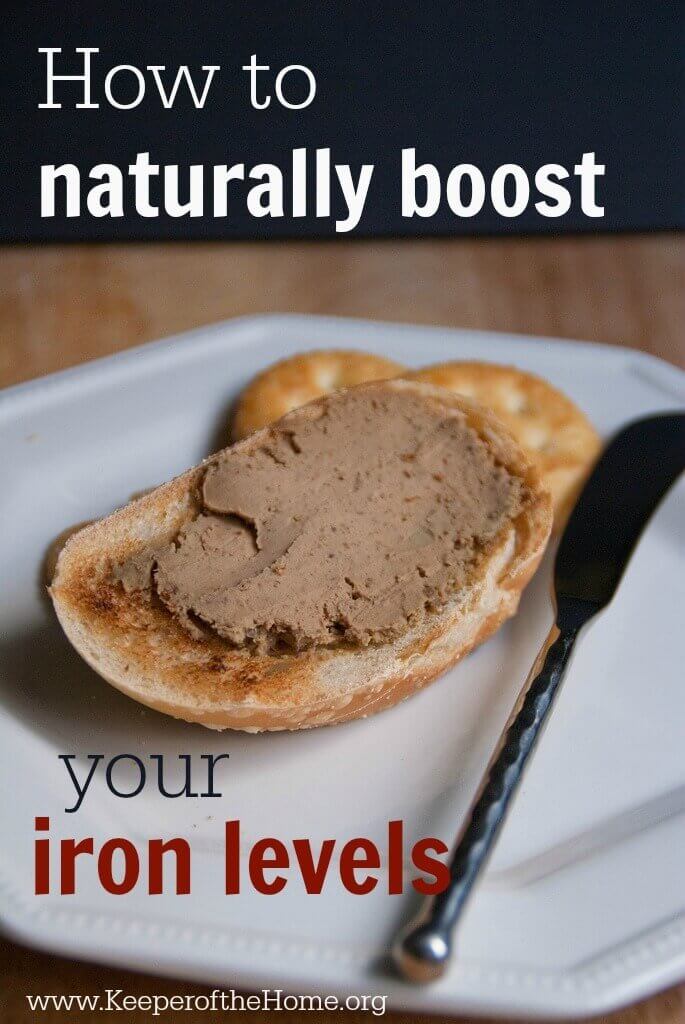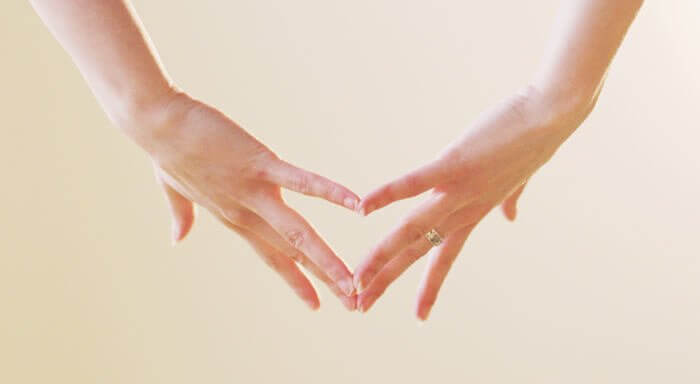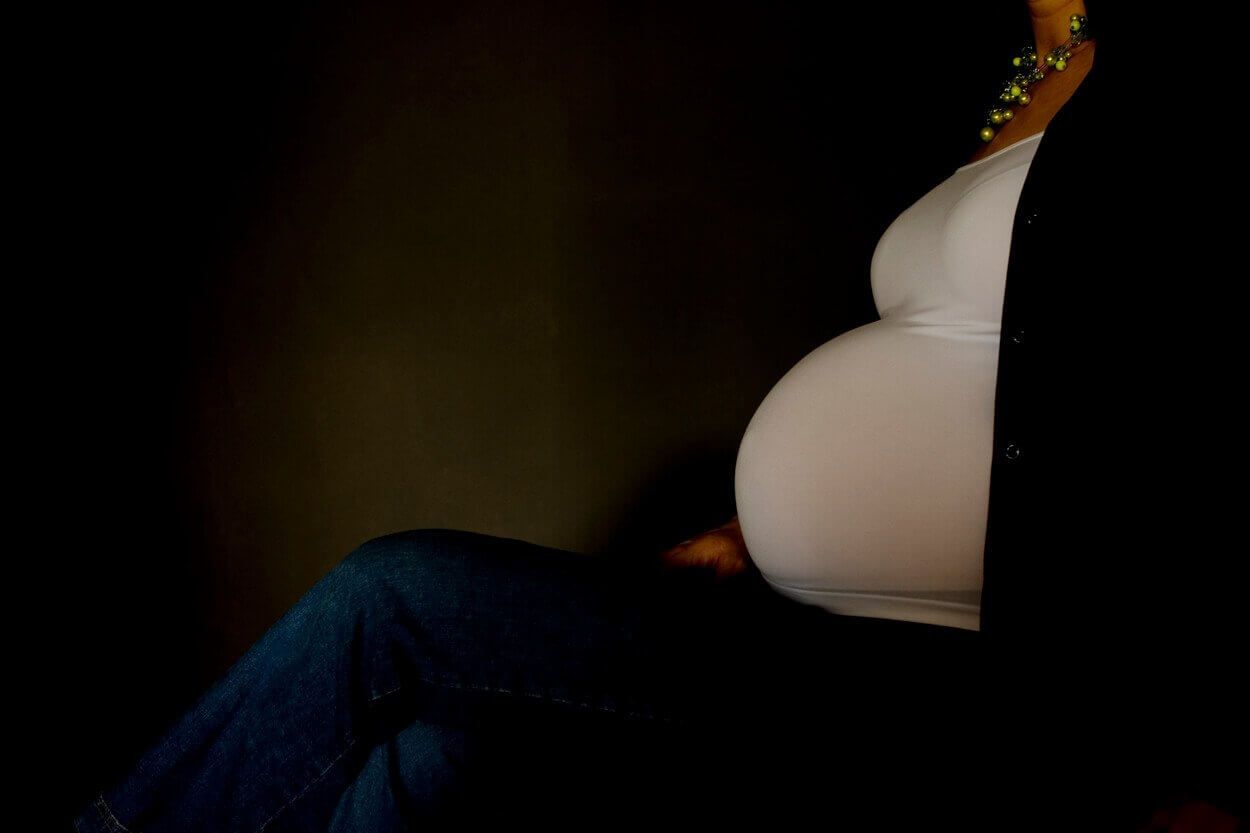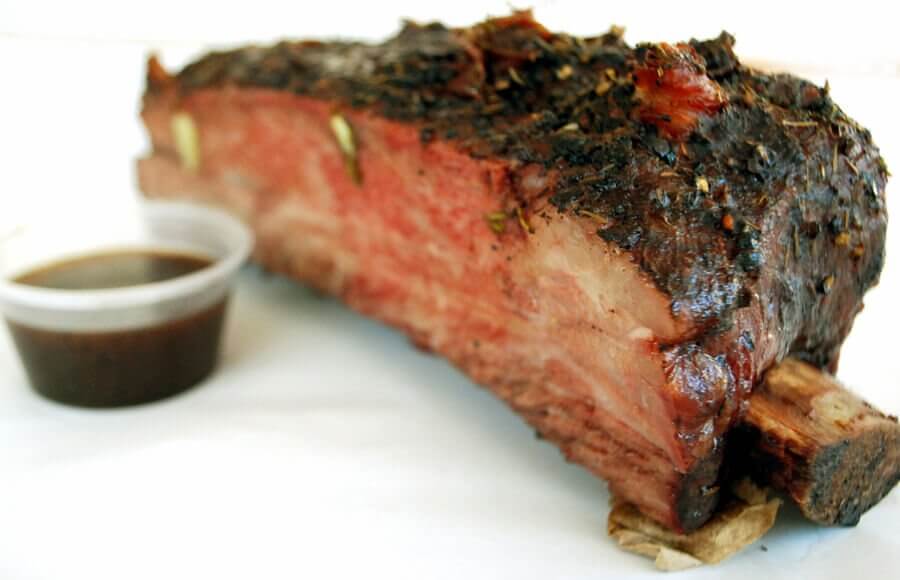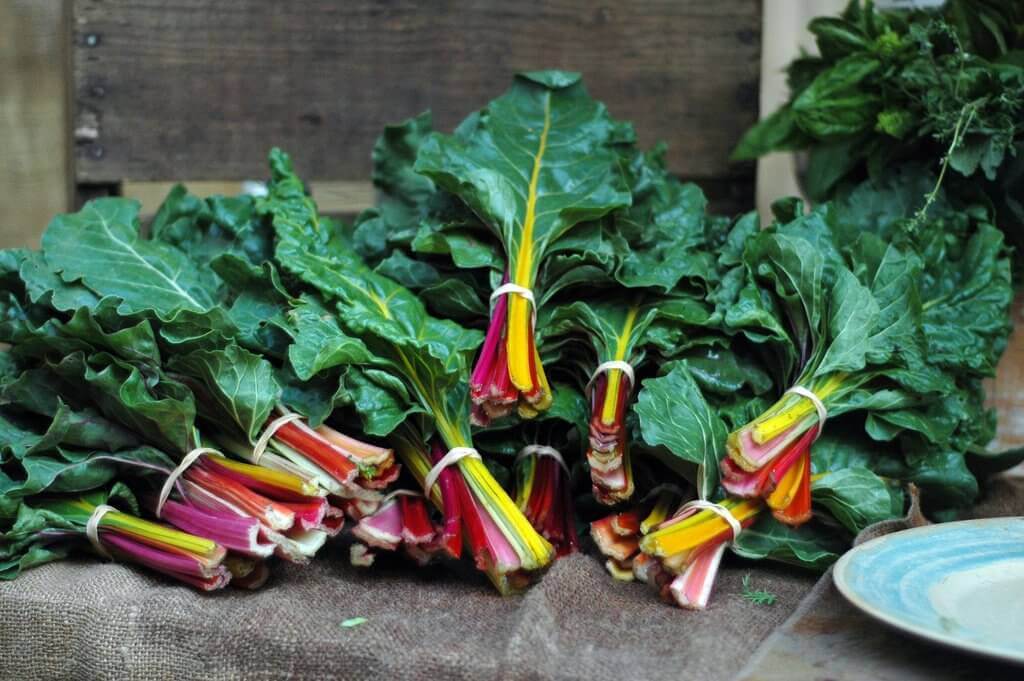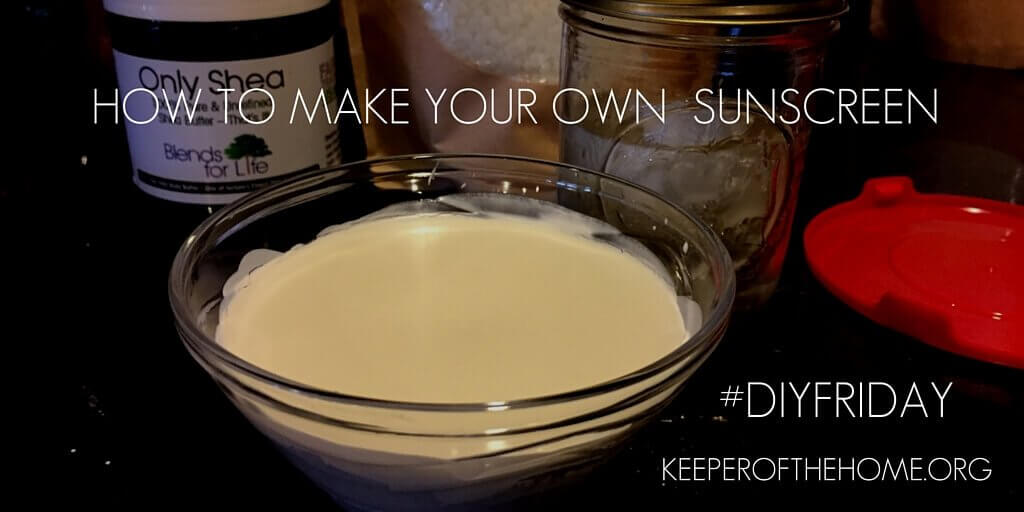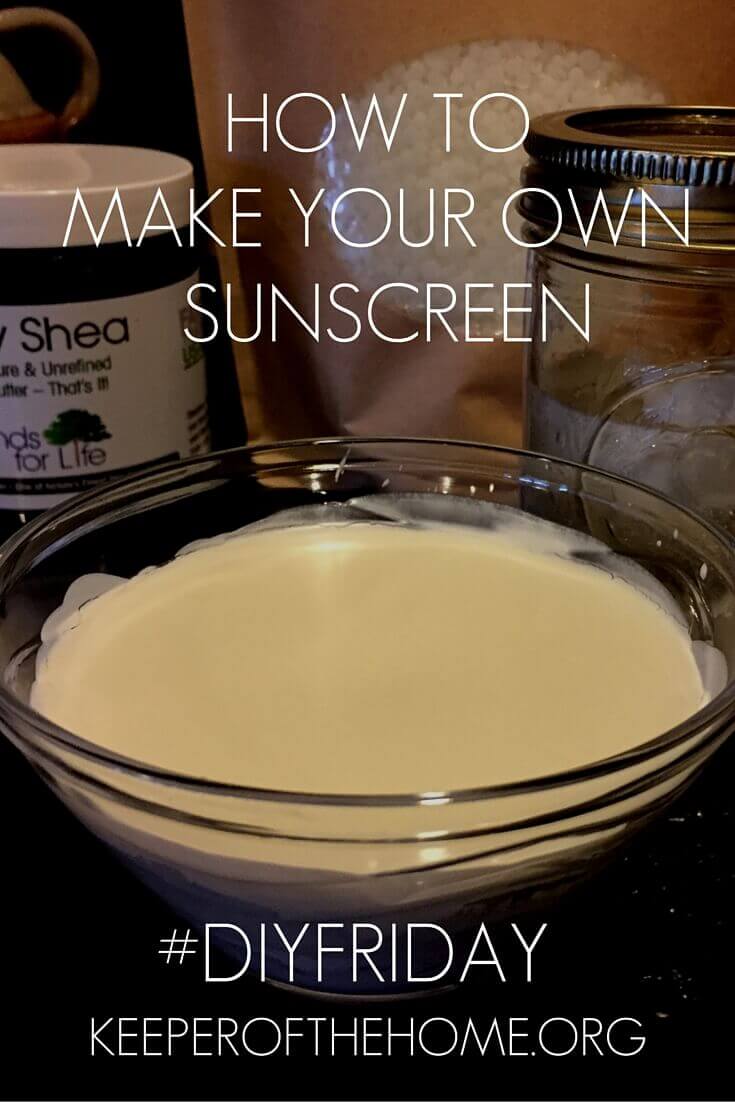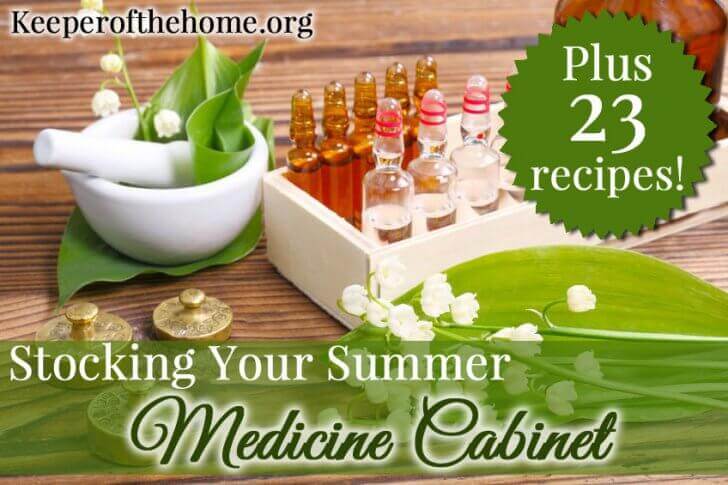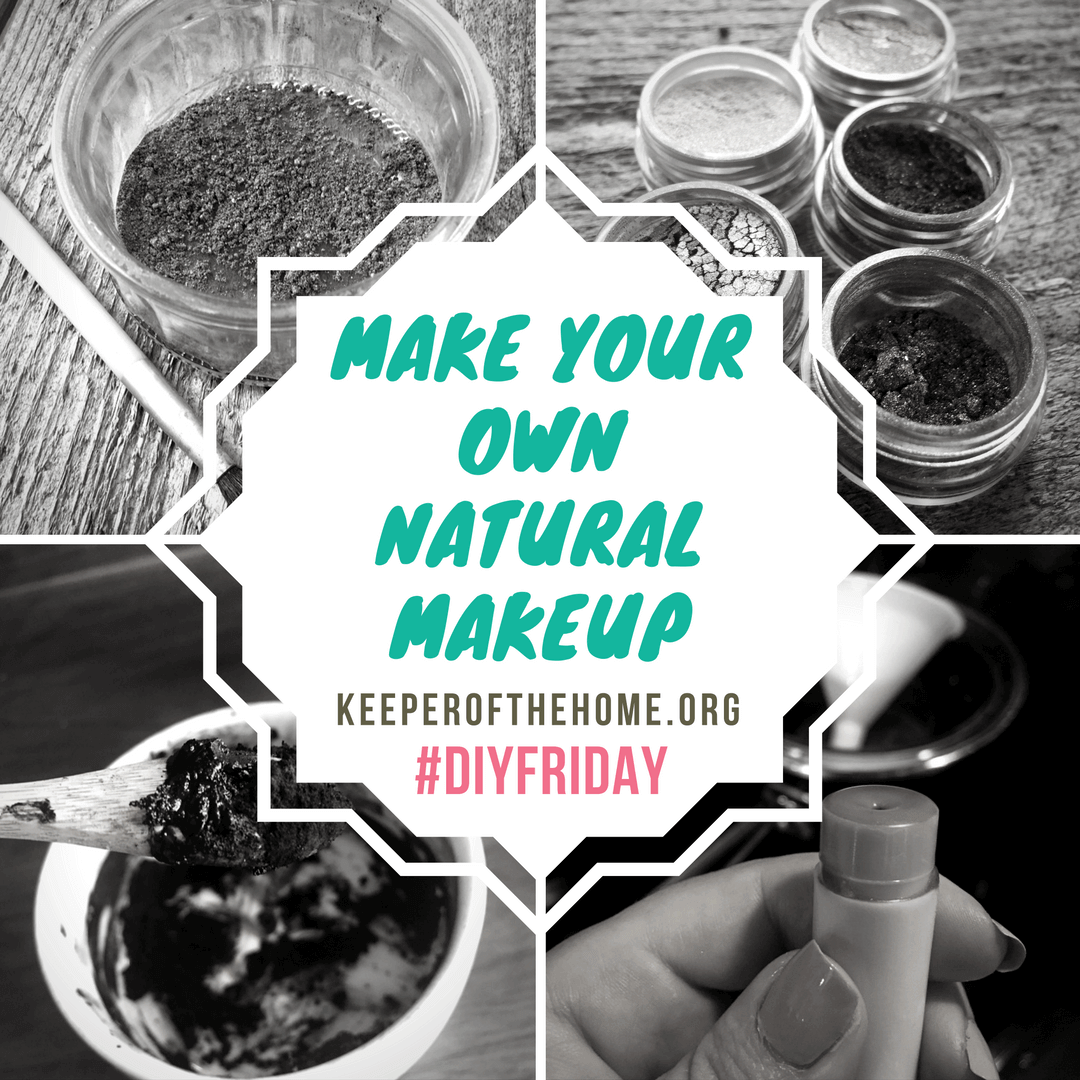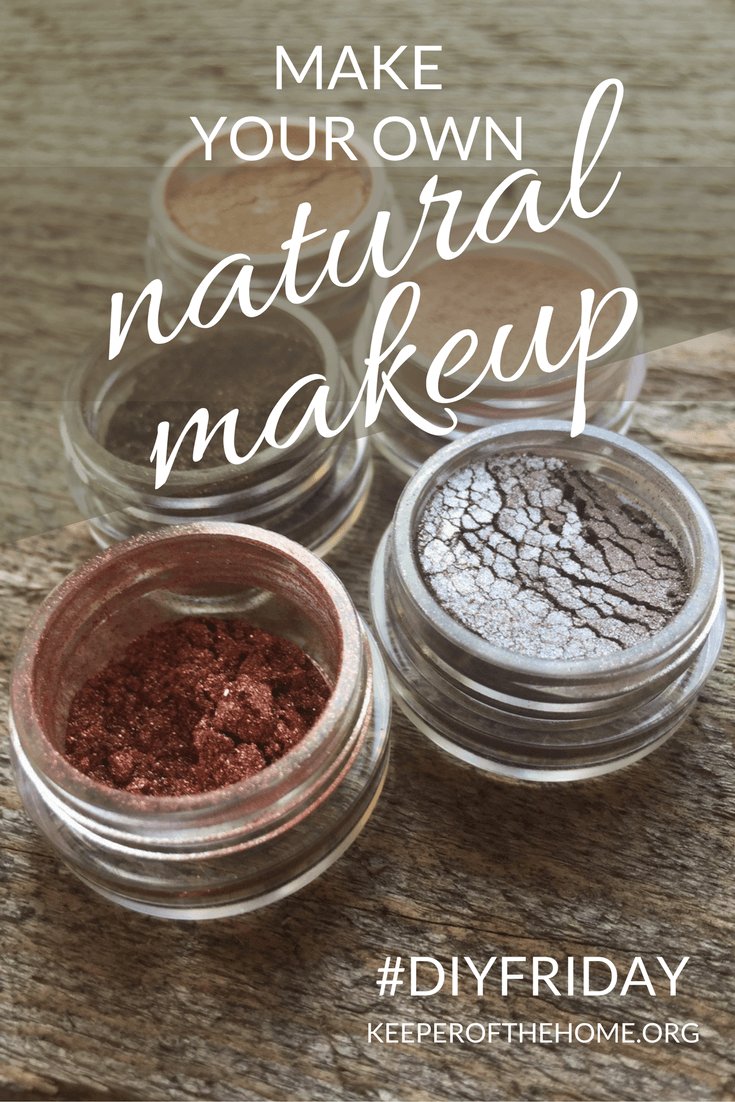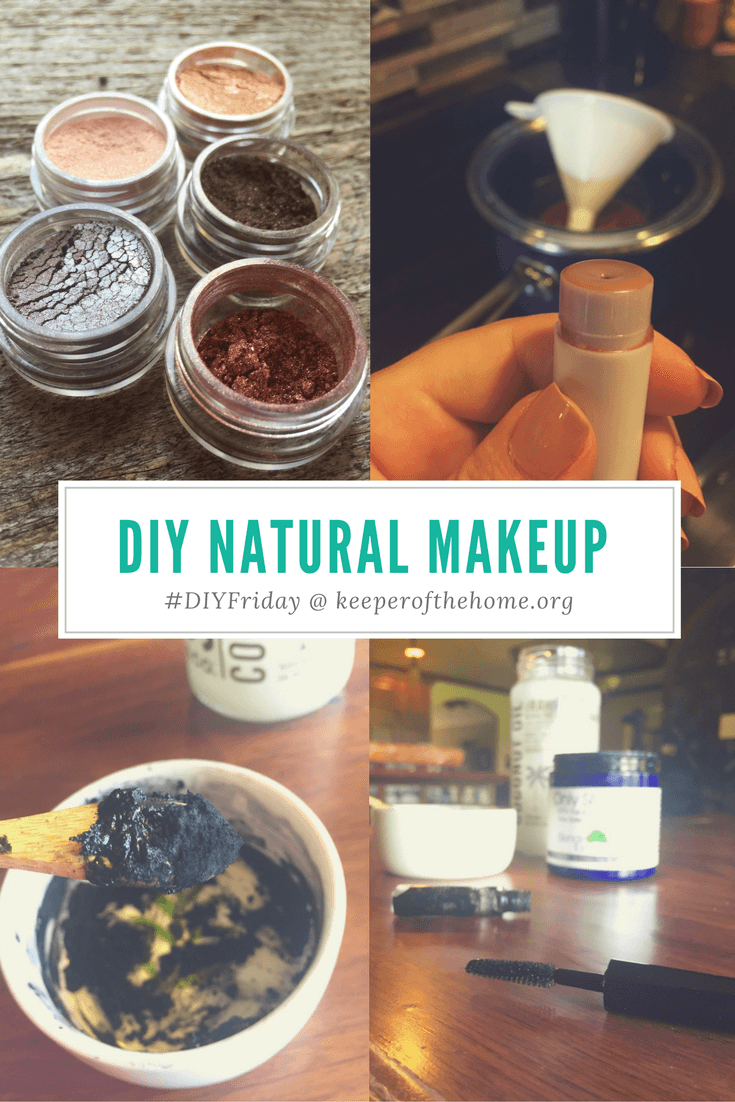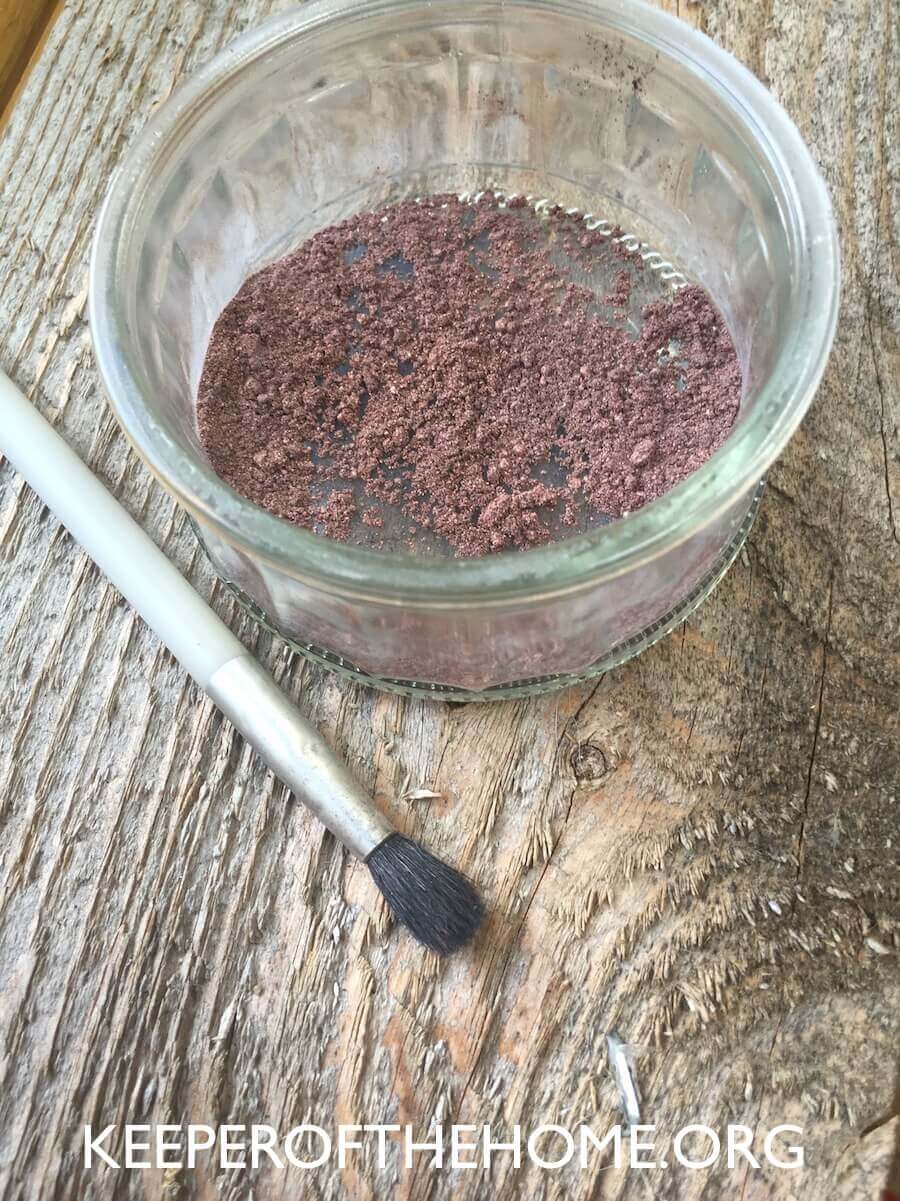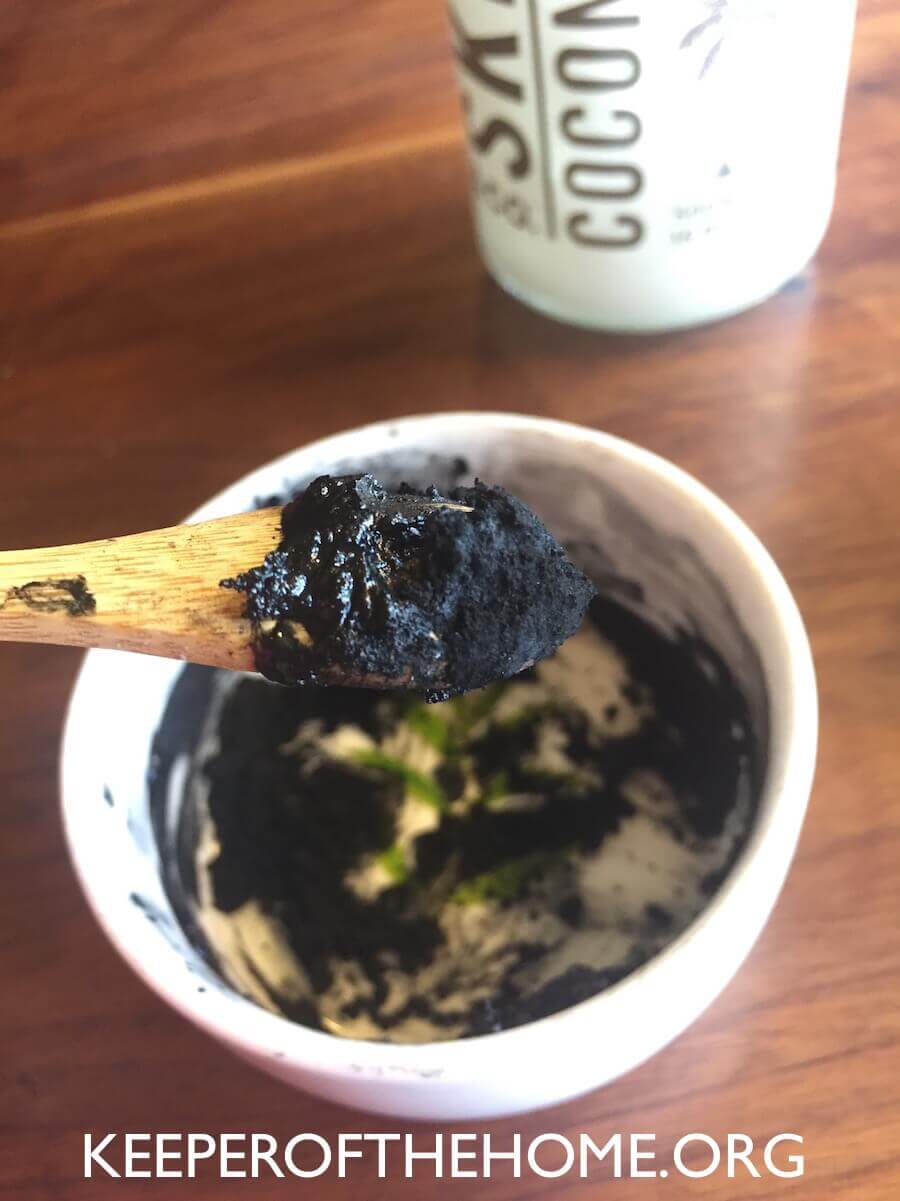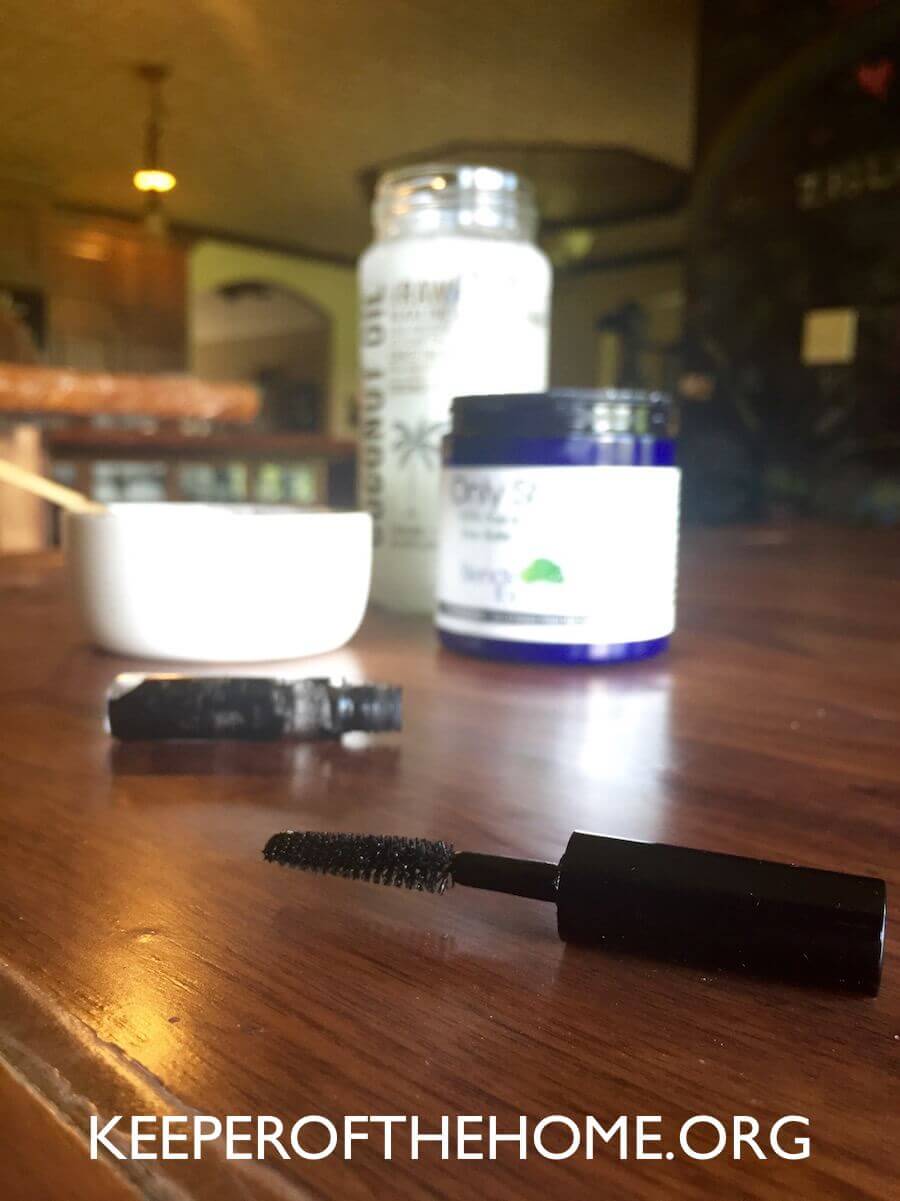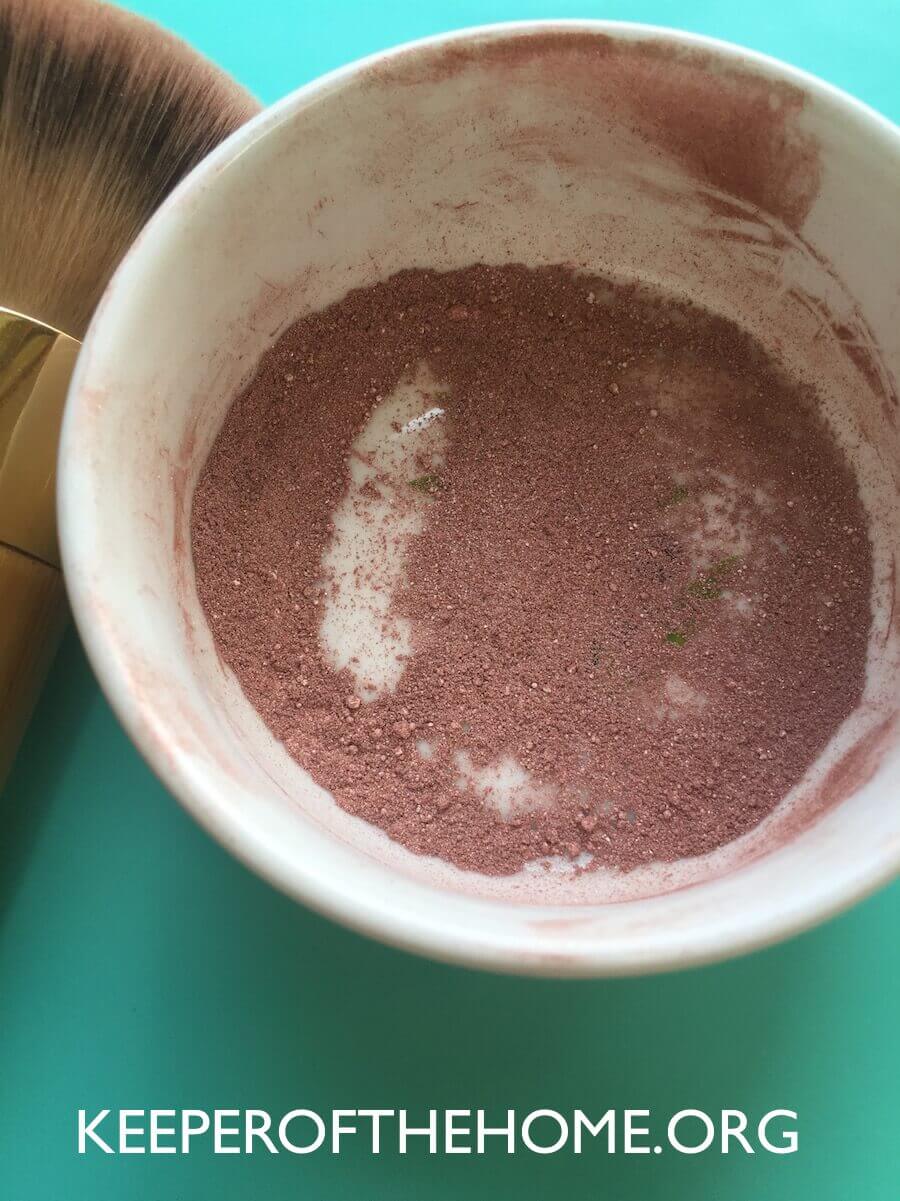
For centuries, we’ve had relationships with other organisms to keep us healthy – it used to be external beasts like leeches, now we’re learning that it’s all about the internal relationship with our bugs and bacteria. The big question lately is what to do after we go nuclear on our own healthy bacteria with a round of antibiotics – how to fix the gut after that, especially for our kids?
A walk through medical history can be funny, yet alarming: the practice of blood-letting, with or without leeches, that persisted for 2,000 years; shock treatments for psychiatric patients; cocaine as a pain killer; and even trying to cure everything from scrapes to constipation to syphilis with mercury. Sources: 1, 2, 3
I certainly hope that in a hundred years, people don’t look back on our era and laugh at how ridiculous some of the cures of our day were. There’s a lot of research behind things like chemotherapy and antibiotics, and they have helped many people – but there are folks who question the real benefit vs. the risk.
Because there is a risk.
The new frontier of modern medicine and research, now that we’ve catalogued the human genome, is studying the human microbiome – the 3 trillion or so bacteria (and even viruses) that live inside our bodies, co-existing with us and likely playing a large role in our continued existence.
That’s a work in process. In other words, we don’t know what we don’t know.
And just like the docs giving shock therapy, the doctors of today can only prescribe treatments based on what they do know. It’s a “give it your best shot” kind of healing, which is all any of us can do.
This post is sponsored by WellFuture. I am not a doctor, naturopath, or trained clinician, and even if I was, this information would not be intended to diagnose, treat, or advise away any symptoms of your health. That’s not how the Internet works…
How do Antibiotics Harm the Gut?
Since we have so much to learn about our gut and other bacteria, we surely don’t quite understand the full ramifications of taking an antibiotic.
But we do know some things:
- Antibiotics do damage gut bacteria/intestinal flora, causing an imbalance called dysbiosis.
- The gut houses about 80% of the body’s immune cells.
- Antibiotics can cause a reduced immune response (one known symptom is diarrhea).
- Antibiotics in infancy have also been tied to an increased risk for infectious diseases, allergies and other autoimmune disorders, and even obesity, later in life.
- Antibiotics may create an “obese environment” that causes people to gain weight; probiotics may reverse it.
I try to avoid anyone in my family taking antibiotics at all costs, and 3 of my children have never had them in their lives. In the last 10 years, I had one regimen (10 years ago) and I think my husband has had one or two in that time as well. Unfortunately my oldest son has had about four rounds, including at birth and then for strep and some ear infections, but not for about 3 years.
You could say I’m anti-antibiotics.
And since I’ve learned more about essential oils that have antibacterial properties without contributing to antibiotic resistance and superbugs, I’m a fan of always trying natural remedies first.
But I realize that sometimes, antibiotic drugs are the only thing that will keep you alive (or get you through a certain infection) and I’m not going to judge folks who accept them.
What you do after a round of antibiotics is really important though, and you can do a lot of good for your kids if you are careful to rebuild what has been lost.

- What can I do after antibiotics to help build gut health again?
- Can I take probiotics at the same time as my antibiotics or will it just cancel out?
- How long should my child take probiotics after completing a round of antibiotics (if it’s not something we take regularly anyway)?
Let’s dig in!
What can I do after antibiotics to help build gut health again?
I’m not going to reinvent that wheel here, but I would like to say that because antibiotics harm the gut’s flora, not the gut lining necessarily (as in other issues like leaky gut), taking probiotics and eating fermented foods are the most important steps to repair any damage from the medicine.
The antibiotics are going to wipe out both good and bad bacteria in your gut, so you need to replenish it with the good guys, lest the bad guys take hold.
Can I take probiotics at the same time as my antibiotics or will it just cancel out?
When on antibiotics, the NIH recommends taking probiotics twice a day, two hours away from the prescription to avoid killing the supplemented probiotics.
This recommendation seems to be based on common sense of digestion timing rather than specific research that I can source. Whether there’s been any official research on whether the antibiotics just wipe out all the probiotics the next time you take them – and therefore you should take a break from probiotics during your actual abx regiment – I am not sure.
But my own common sense says that we’re only talking about a 5-10 day period, and that’s not very much probiotics to “waste” if it’s going to be wasted anyway. If it doesn’t bother your stomach, I’d keep taking them right through the prescription.
A reader shared that taking them at the exact same time caused her extreme digestive distress (maybe a battle of the bugs inside her?) so do follow the 2-hour guidelines and listen to your body. Again, it’s only 5-10 days, so skipping probiotics during that time isn’t going to set you back so far that you can’t recover.
How long should my child take probiotics after completing a round of antibiotics?
This is the big one!
If you don’t regularly take probiotics (and you really should, but I understand they can be expensive), at the very least please please please give your gut a chance to bounce back after antibiotics by taking a probiotic supplement.
But for how long, minimum, if you’re not going to continue taking them regularly?

I asked this question of Catherine Clinton, naturopath and founder of WellFuture and the WellBelly probiotic that our 2-year-old has been taking since he started food:
“A disturbed flora from antibiotics can onset several weeks after completing a course of antibiotics, and the microbial ecosystem in your post-antibiotic gut is shifting dynamically for weeks, so a general guideline of continuing probiotic supplementation a week or two after completing the round of antibiotics is common.”
I responded and said I was surprised to hear “weeks,” as I had always thought it was at least two months. Her reply:
“Actually the advice does say weeks to months but I just hesitate because I’m the lady who sells probiotics so it makes me uncomfortable if there is no hard research. It is certainly clear that the damage from antibiotics can be quite long term.”
That’s great honesty and transparency from “the lady who sells probiotics” if you ask me!
Here’s some research to back all this up:
- Probiotics cut chances of getting antibiotic-induced diarrhea by 20-50% (5, 6, 7).
- Exciting! Probiotics may indeed reduce the need for antibiotics and fight superbugs if used regularly (more research needed though). (8)
- Doses of probiotics should be more than 5 billion daily to help with antibiotic damage. (9)
- A great overview of antibiotics, probiotics, and prebiotics – and questions that still need to be researched, such as what is the best delivery system for probiotics. (10)
- What are prebiotics? Food for the good guys! There’s a little bit of info on that in this big ol’ post, but I have more coming next week, watch your email and the blog for more!
Sign up so you don’t miss it:
WellBelly is allergen-free, designed especially for infants and children, and you can check out the ingredients for yourself right HERE.
The Only Consistent Thing is Change!
The last thing Catherine threw out in our emails is something I just have to share with you, because it blows my mind and intrigues me (and underscores my first point about how quickly medical research and knowledge changes!):
So much neat info coming out about the length of prescriptions for antibiotics and stopping a prescription before it is over. Seems the old wisdom of never stopping a course of antibiotics to avoid superbugs is wrong. Longer regimens of antibiotics seem more at fault than the shorter ones or even stopping prescriptions early. Go figure.
I wish they would research how to put the gut back together again after antibiotics and start prescribing shorter courses of antibiotics like the research finally shows as super important.
Me too, Catherine, me too!!
Cheat Sheet Summary
The bottom line on antibiotics and probiotics is this:
- You should definitely take probiotics after a prescription of antibiotics.
- At least two weeks – but more likely two months.
- Taking them during the prescription may help you avoid antibiotic induced diarrhea, and it definitely won’t hurt.
Disclosure: This post was sponsored by WellFuture and WellBelly, which is great, because I get to share important information with you about gut health and also earn an income to support my family, and Catherine’s. Win-win-win!
Original article and pictures take www.kitchenstewardship.com site

















